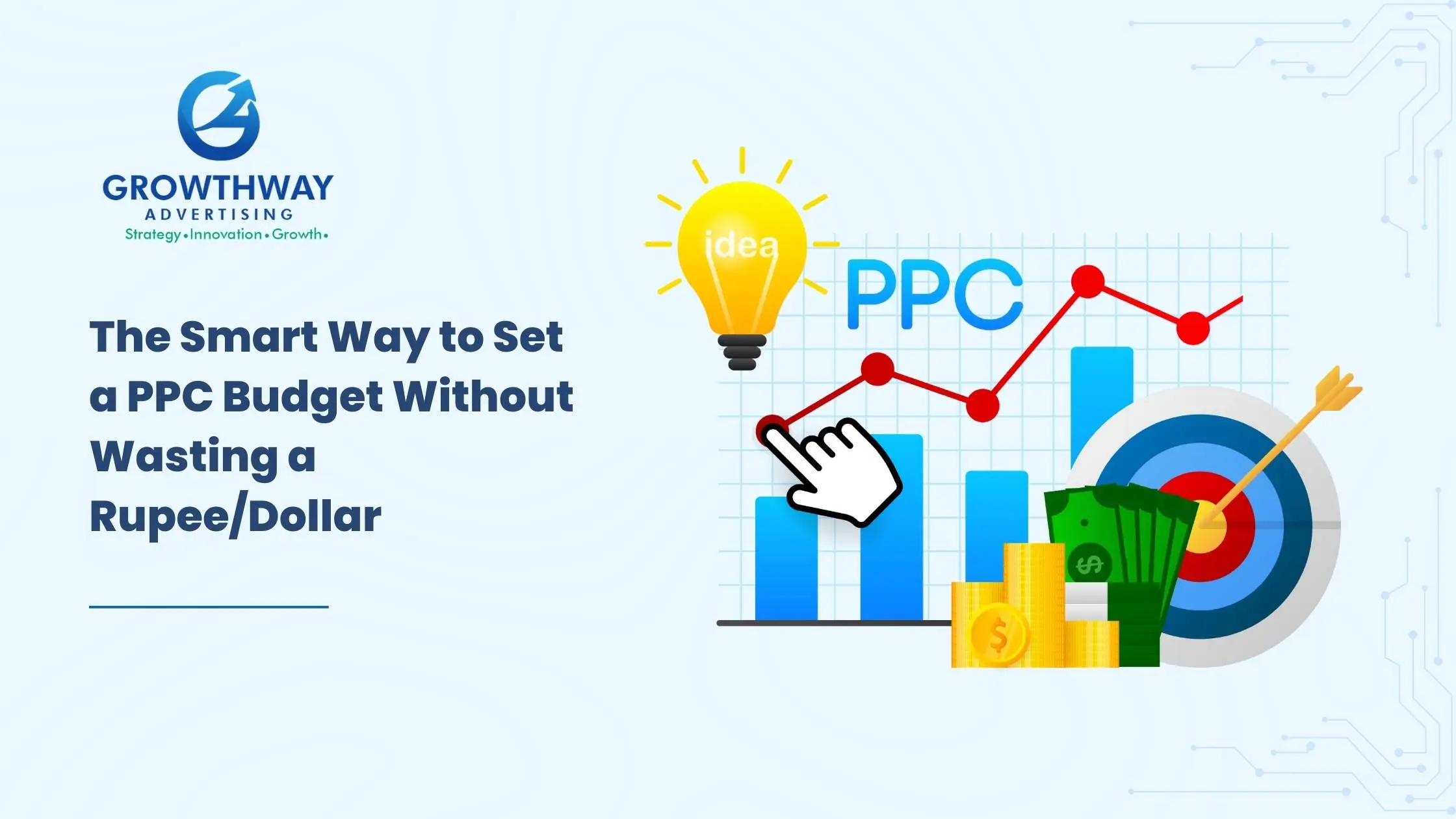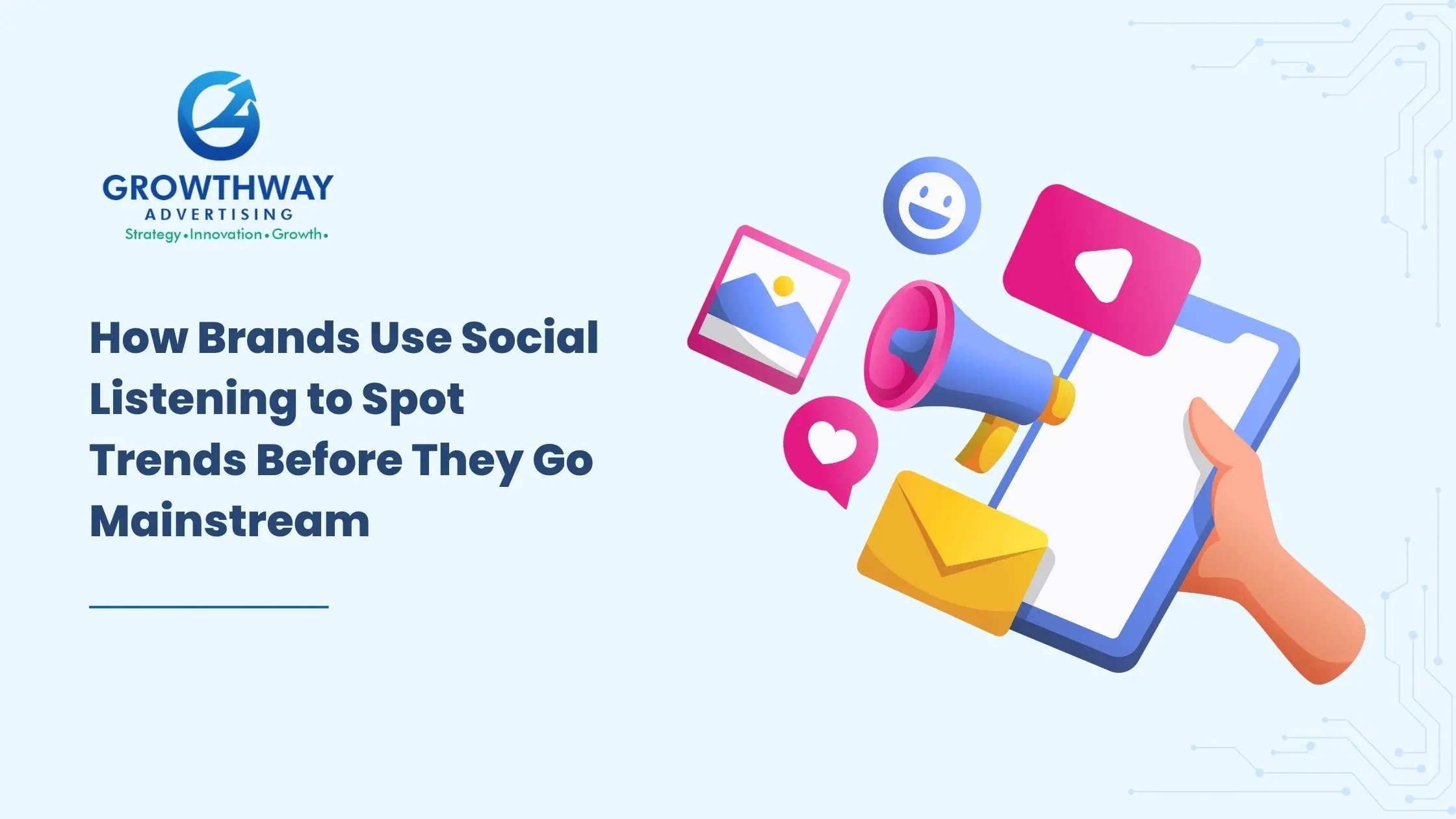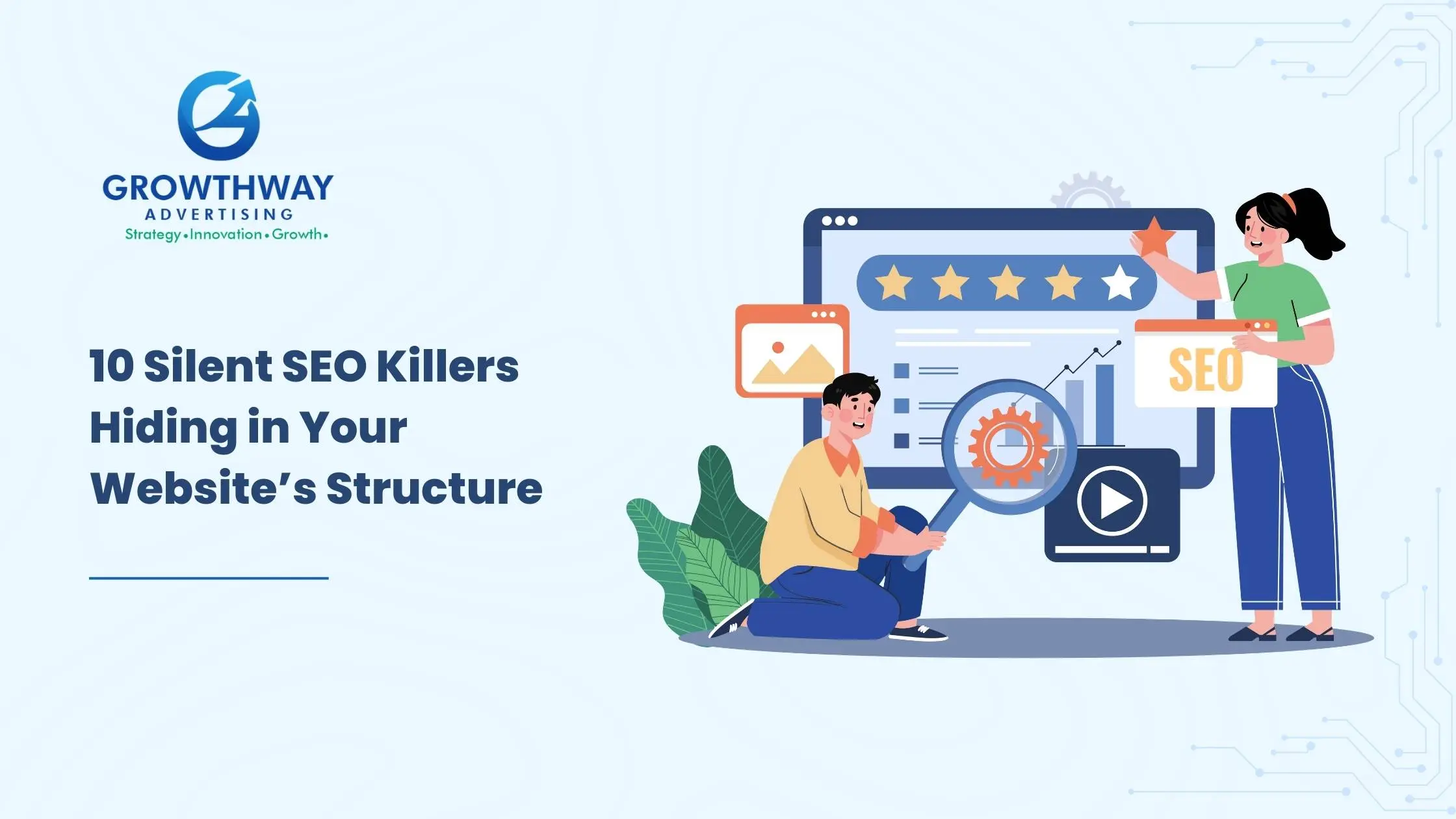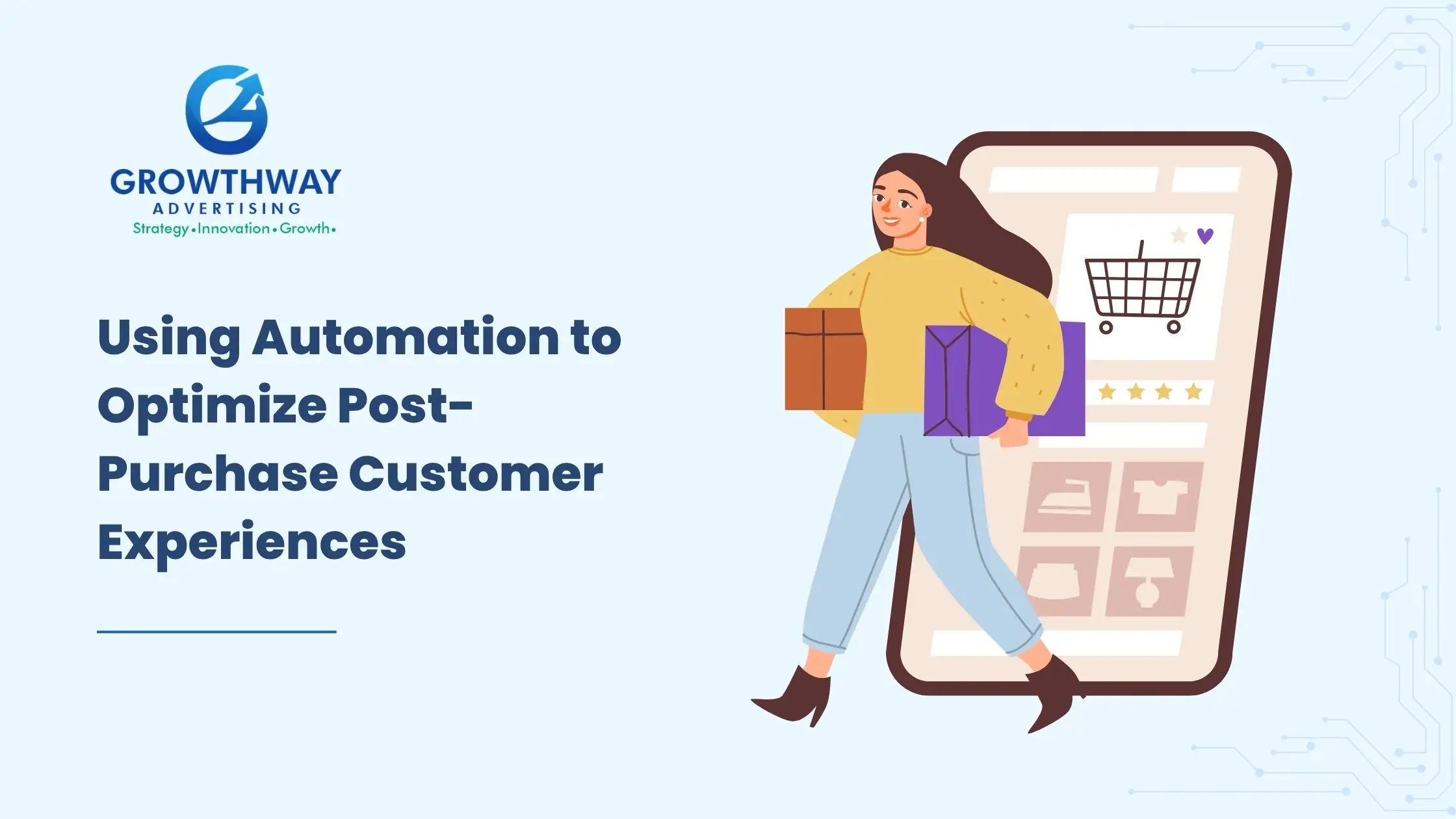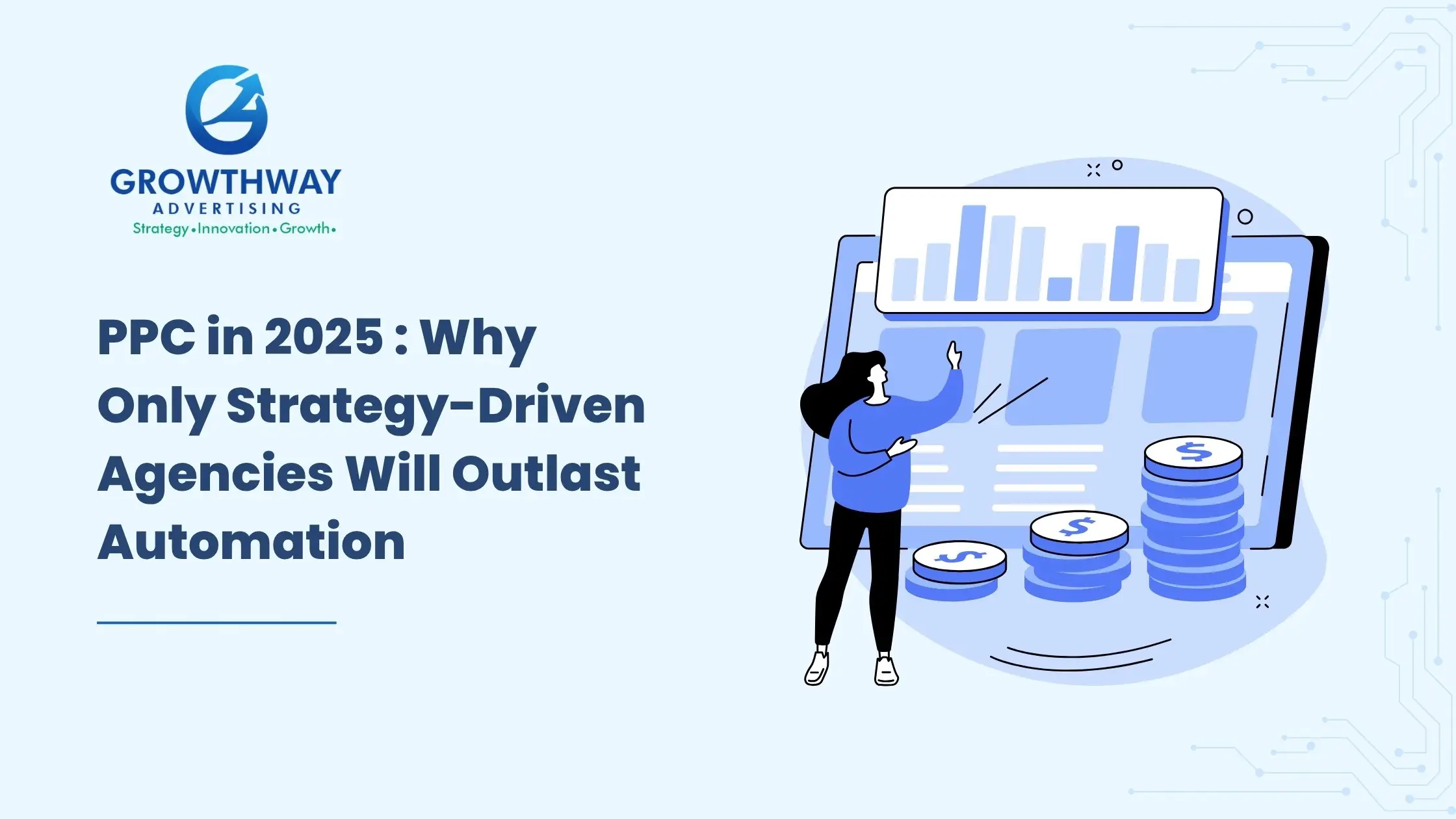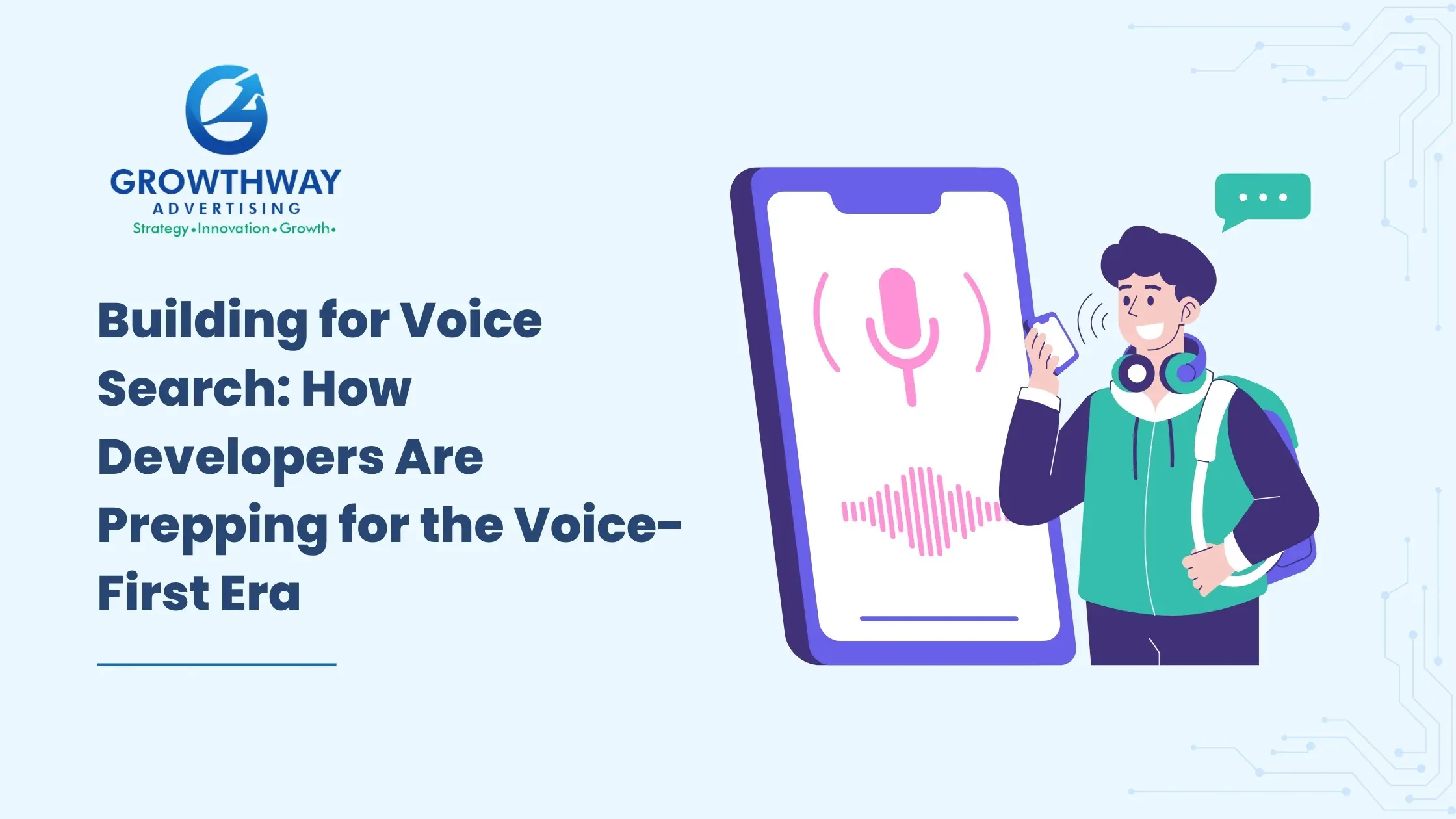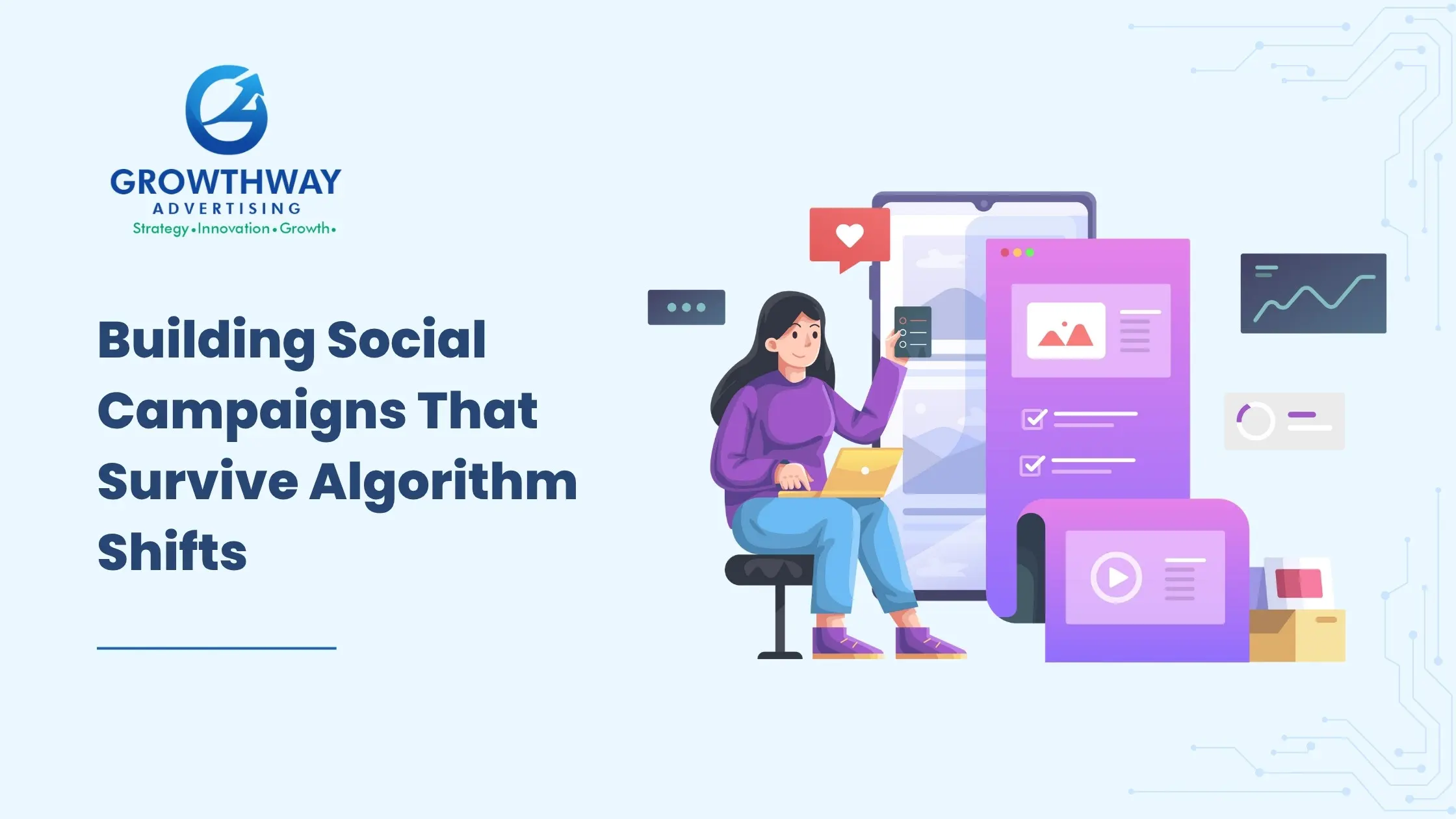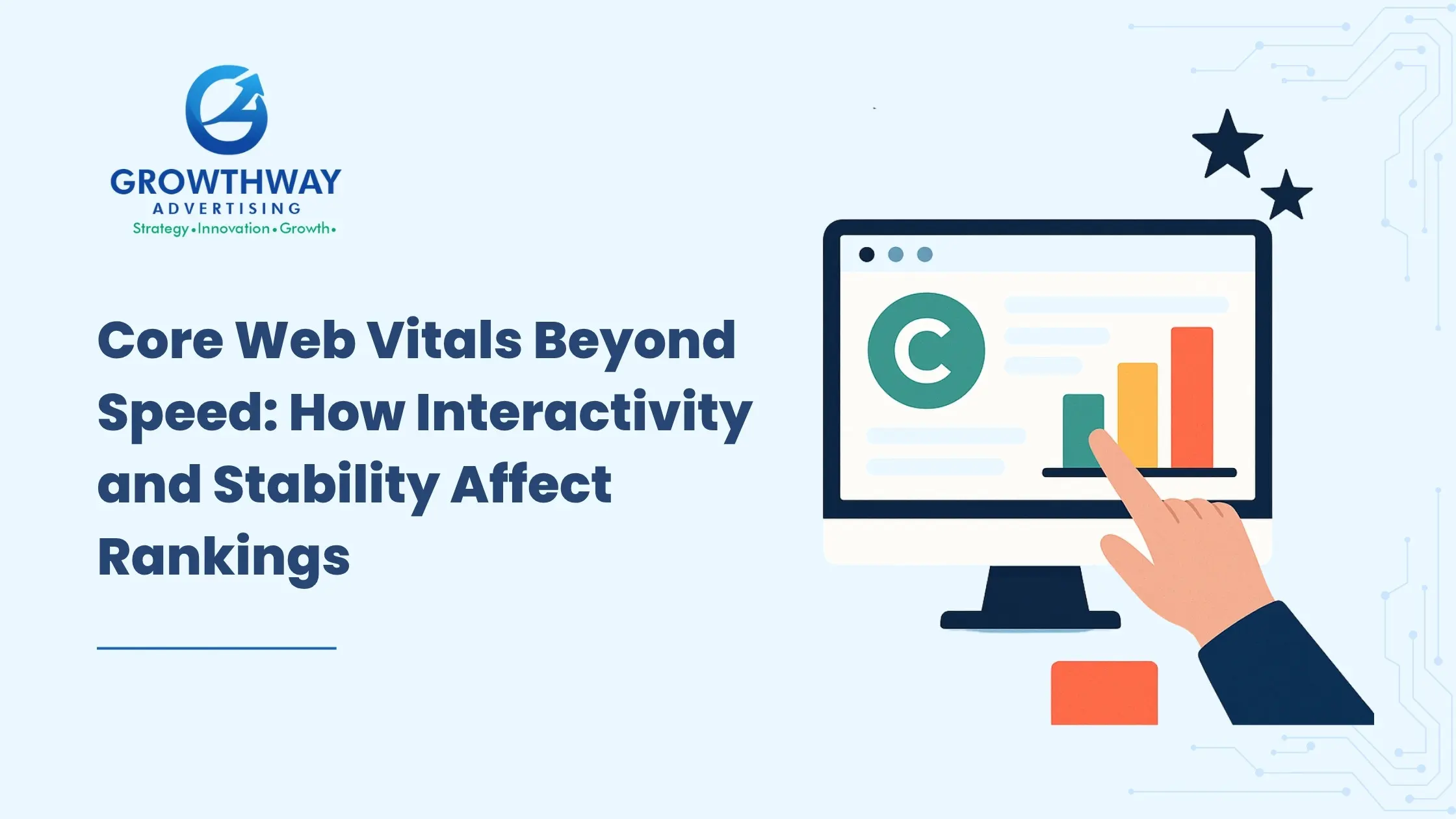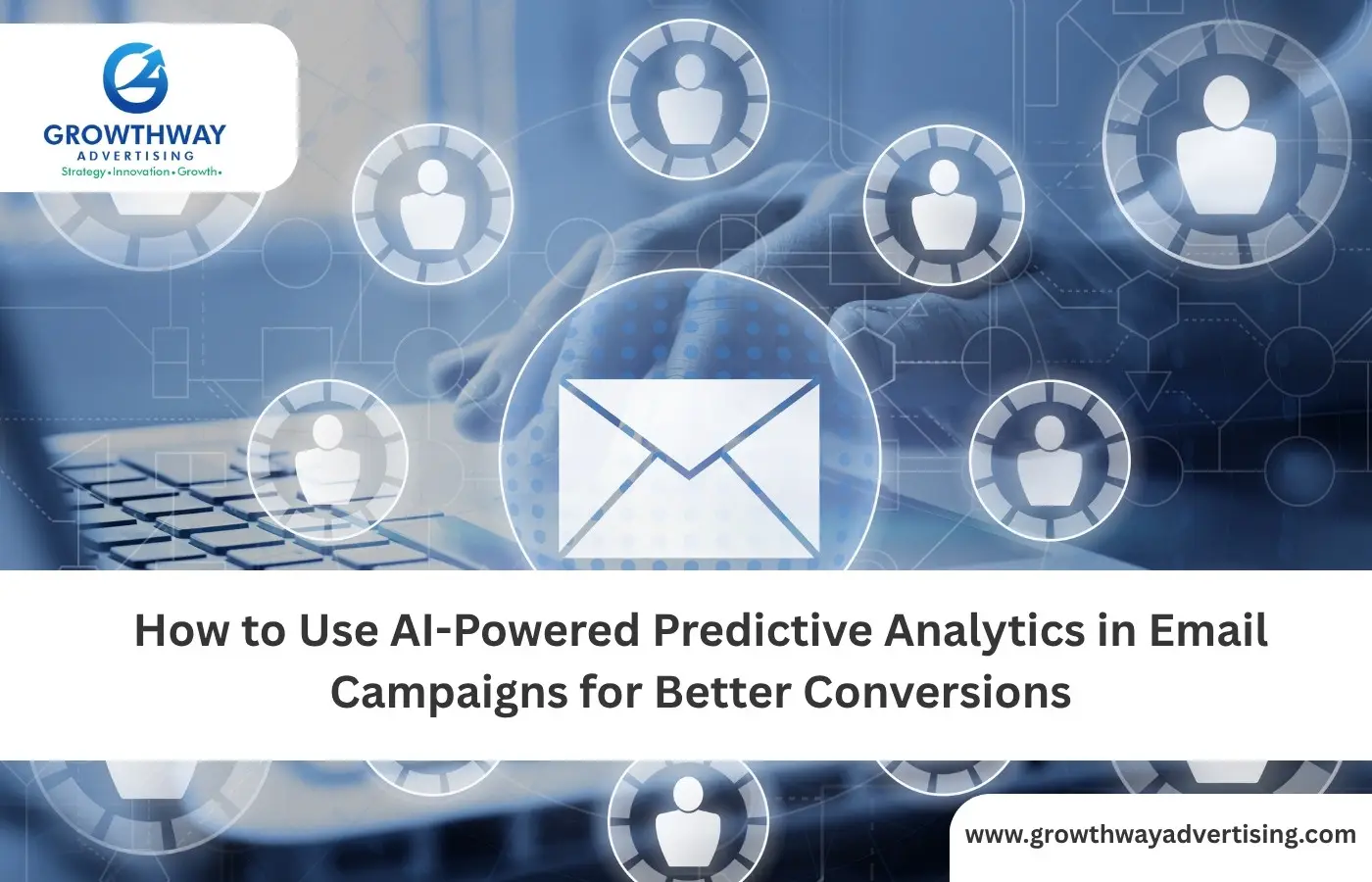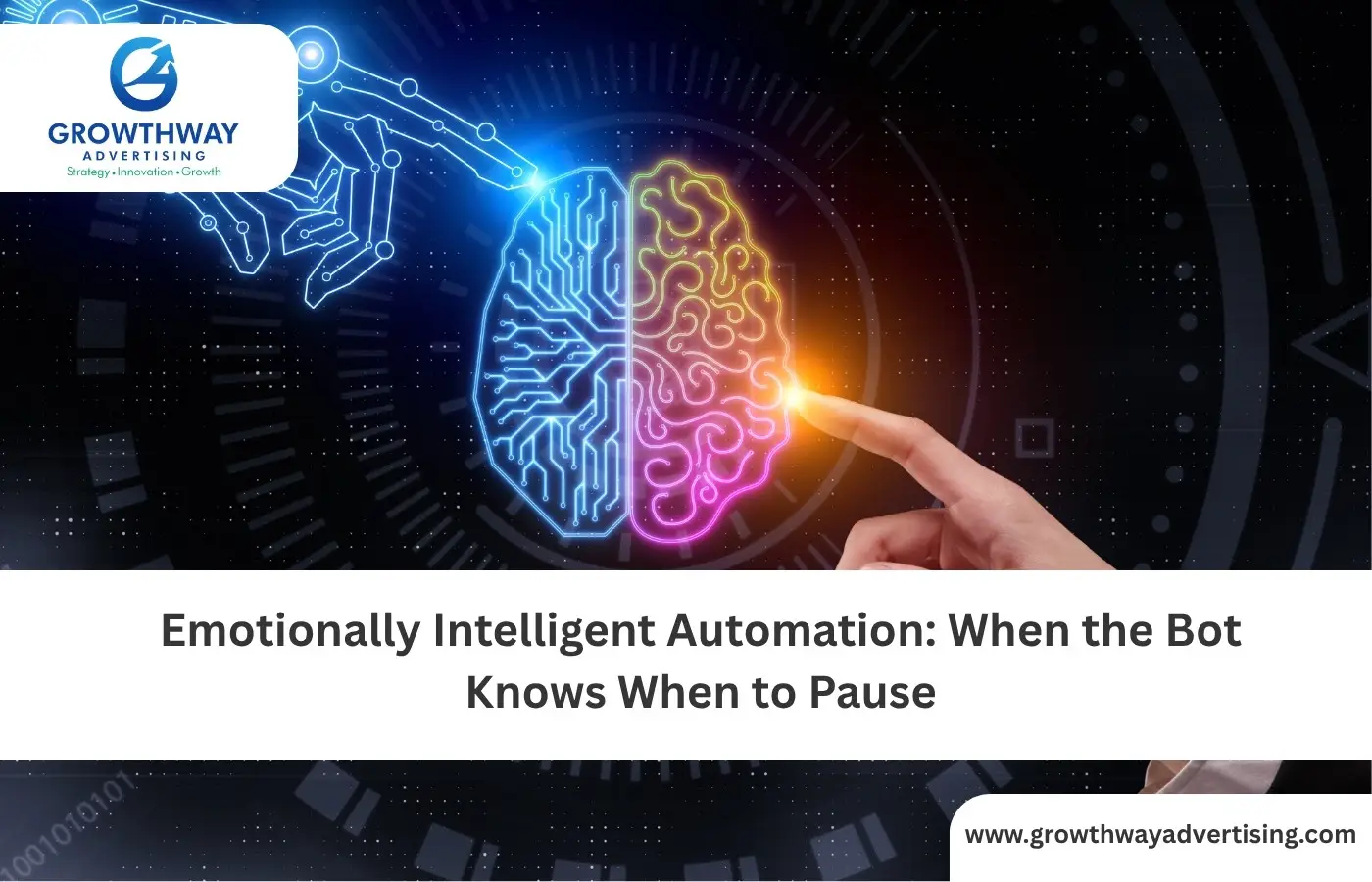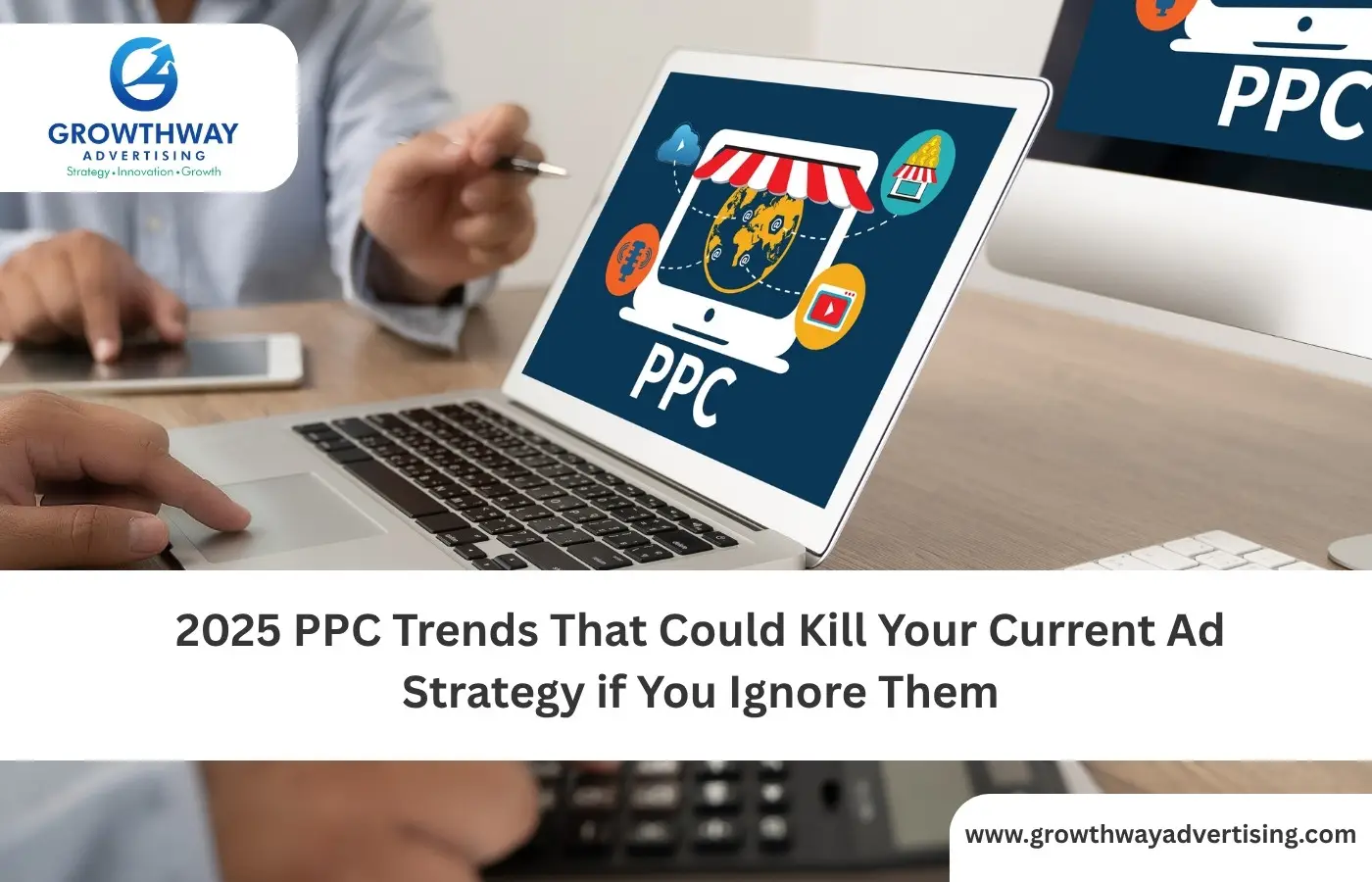Marketing automation has shifted from a “nice to have” into a revenue-driving essential for e-commerce brands looking to scale profitably. Automation can allow you to make more sales with less manual work when done correctly, capture new visitors to turn them into customers, nurture shoppers through all the stages of the automation funnel, and recover lost sales due to Cart abandonment.
Let’s break down how top e-commerce brands are using Ecommerce marketing automation to drive consistent conversions and customer loyalty and how you can apply the same strategies.
The Power of Smart Triggers & Timed Experience
In opposition to a generic email blast, advanced automation is based on behavior-based segmentation that allows ultra-relevant touchpoints triggered by real-time user behavior.
For example:
- First-time visitor signs up → Automatically enters welcome flow
- Browses a product but doesn’t buy → Gets a reminder email/SMS with dynamic content
- Adds to cart but drops off → Enters abandoned cart flow
- Purchases → Moves into a post-purchase upsell series
Not only do these automated marketing services enhance the level of engagement, but they also result in a more personalized experience- the direct result of which goes to the conversion rate.
Must-Have Automations to Reduce Cart Abandonment
Abandonment Campaigns are still the most profitable automations for D2C and online retailers. Why? Such buyers were intentional shoppers. It is your business to get them to come again.
High-performing brands use multi-touch Email marketing automation sequences (email + SMS + push notifications) that include:
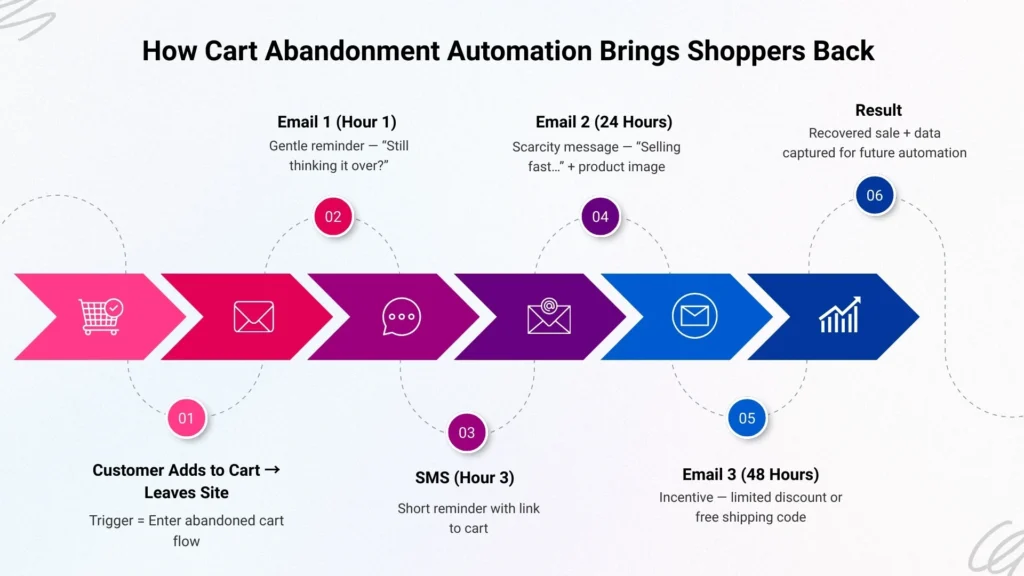
- Reminder of the abandoned items
- Scarcity or urgency (e.g., low stock, sale ending soon)
- Social proof or reviews
- Incentives (free shipping or discount if needed)
Pro tip: Consider Personalized Product Recommendations within the context of cart recovery messages, including the use of browsing history or popular bundles as an alternative, so the prospect can see items they actually are interested in.
This is where a strong marketing automation company can save you massive time by setting up pre-built templates and proven messaging frameworks that trigger automatically.
Welcome Series That Turn New Visitors Into First-Time Buyers
Welcome flow is highly under-optimised yet has one of the highest ROI automations you can be executing. Customer journey automation helps you to present your brand story and your unique value, as well as your best sellers, and social proof, and kindly guide a customer towards their first purchase.
Here’s a classic welcome automation:
- Immediate response: Thank-you + intro + brand hook
- Story pitch: Your origin, mission, or differentiator
- Product push: Show best-selling items with Targeted Campaigns
- Conversion nudge: Limited-time incentive or free shipping code
- Follow-up: Testimonials and UGC building trust
This journey builds familiarity while priming new subscribers to buy, turning cold traffic from ads and SEO into paying customers at a lower cost.
Post-Purchase Automations That Grow Lifetime Value
You should not treat customers as strangers after the sale has been done. Take advantage of Ecommerce marketing automation to establish powerful retention mechanisms:
- Product education & onboarding emails
- Personalized Product Recommendations based on past purchases
- Replenishment reminders for consumables
- Review and referral requests
- VIP access to early drops
These automations not only lead to repeat purchases, but it also cultivates organic brand loyalty right along it- these people stay with your brand longer, bumping up cumulative LTV and resulting in less need to resort to paid ads.
Predictive & AI-Driven Automations
Majority of the blogs concentrate on the fundamentals, with the advanced brands resorting to the use of AI-powered automation to usher in better results. These automations apply machine learning to model patterns in customer behavior and deploy the appropriate message at an appropriate time:

- Predictive churn flows: Identify if a customer is at-risk of never buying again, then trigger win-back campaigns.
- Smart send-time optimization: Messages go out exactly when the customer is most likely to open.
- Dynamic discounts: Offer incentives based on a shopper’s likelihood to convert saving margin.
By building intelligence into your automation journey, you ensure each interaction adds value rather than feeling like spam.
Privacy-First Automation
With cookies expiring and the legal restrictions growing, privacy-conscious brands are moving to marketing automation services that are compliant, yet provide customization to customers. Retarget with first-party data (email communications, quiz responses, purchasing behavior) Flows that embed GDPR-friendly practices:
- Double opt-ins
- Transparent preferences centers
- Zero-party data quizzes
- Consent-based retargeting
This builds trust and reduces friction while keeping your automation engine powerful.
Omnichannel Automation Stacks That Work Harder Than Humans
Instead of thinking email-only, top automation ecosystems connect across touch-points:
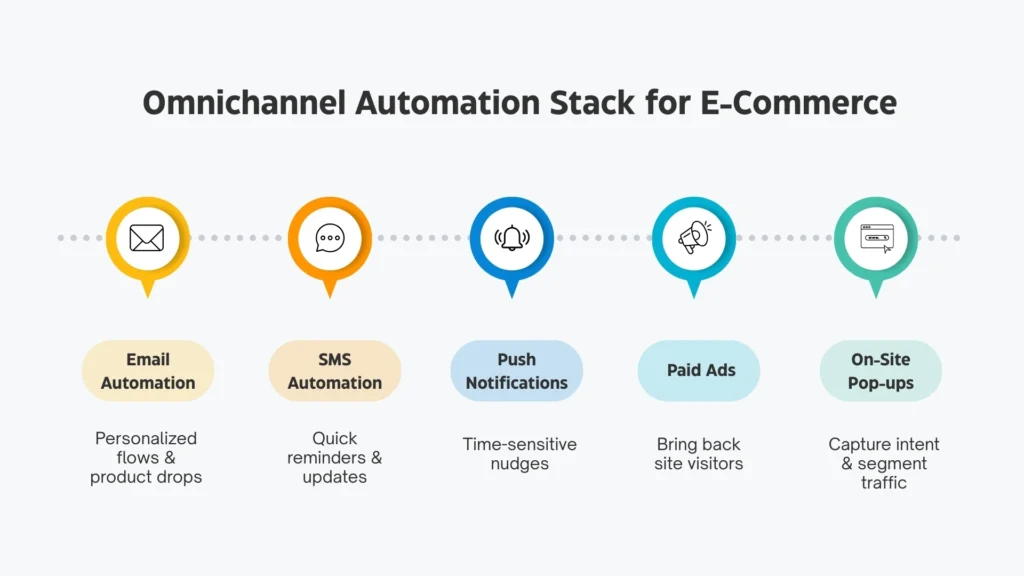
- Email (welcome flows, countdown sale alerts)
- SMS (reminders, delivery updates)
- On-site pop-ups (exit-intent, loyalty offers)
- Social retargeting (custom audiences built from behavior)
- Push notifications (time-sensitive nudges)
Smart marketing automation consultation helps brands connect all of these into one unified system so that no matter where a shopper is in the funnel, you’re meeting them with the right touch at the right time.
Choosing the Right Automation Platform
The tools are not in short supply and they are Klaviyo, ActiveCampaign, Drip, Omnisend and Braze, but the actual needle-mover is not the tooling. It is the logic of it.
Your marketing automation company or internal team should focus on:
- Easy integration with your store (Shopify, WooCommerce, Magento)
- Access to advanced segmentation & personalization features
- Robust reporting to improve Targeted Campaigns
- Ability to add AI-powered flows
It is important that you are not merely gathering data but that you put data to intelligent work.
What This Really Means for Your Business
In order to effectively increase sales and reduce cart abandonment, automation must be executed throughout the entire customer journey-end to end first click to repeat purchase. That means:
- Building high-performing abandoned cart flow
- Creating nurtures based on behavior-based segmentation
- Using Email marketing automation as the glue in your tech stack
- Leveraging Personalized Product Recommendations to lift conversion rate
- Setting up flexible journeys that guide users through your brand instead of blasting them blindly
The right blend of automated marketing services, robust marketing automation services, and highly skilled marketing automation consultation can enable e-commerce brands to get out of the rut of random acts of marketing and ensure that they are able to grow revenue, provide high-quality customer experiences, all with automated marketing services on autopilot.
FAQ’s
Marketing automation in e-commerce uses software to automatically send personalized emails, messages, and campaigns based on customer behaviour and shopping activity.
Automated cart recovery campaigns instantly remind shoppers of items left behind and offer timely nudges or incentives to return and complete their purchase.
AI can predict shopper behaviour, optimise send times, personalise content, and increase conversion rates with less manual effort.
Popular tools include Klaviyo, ActiveCampaign, Omnisend, Drip, HubSpot, MoEngage, Mailchimp (for basic needs), and Braze.
No, powerful strategies combine email, SMS, push notifications, pop-ups, ads, and chatbot messaging for an omnichannel customer journey.
Basic ecommerce automations can be launched within a few days, while more advanced AI-powered journeys take a few weeks to fully optimise.



